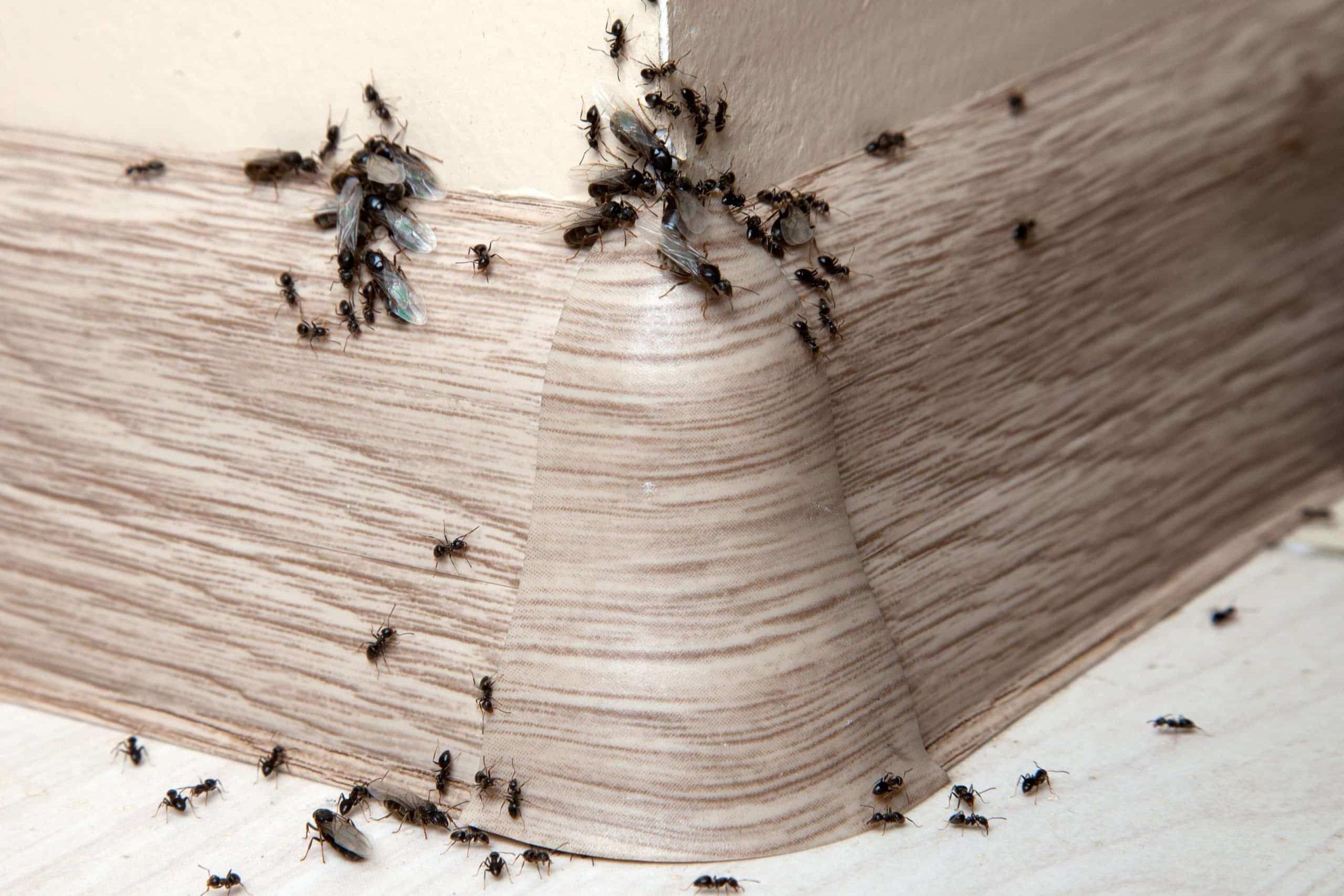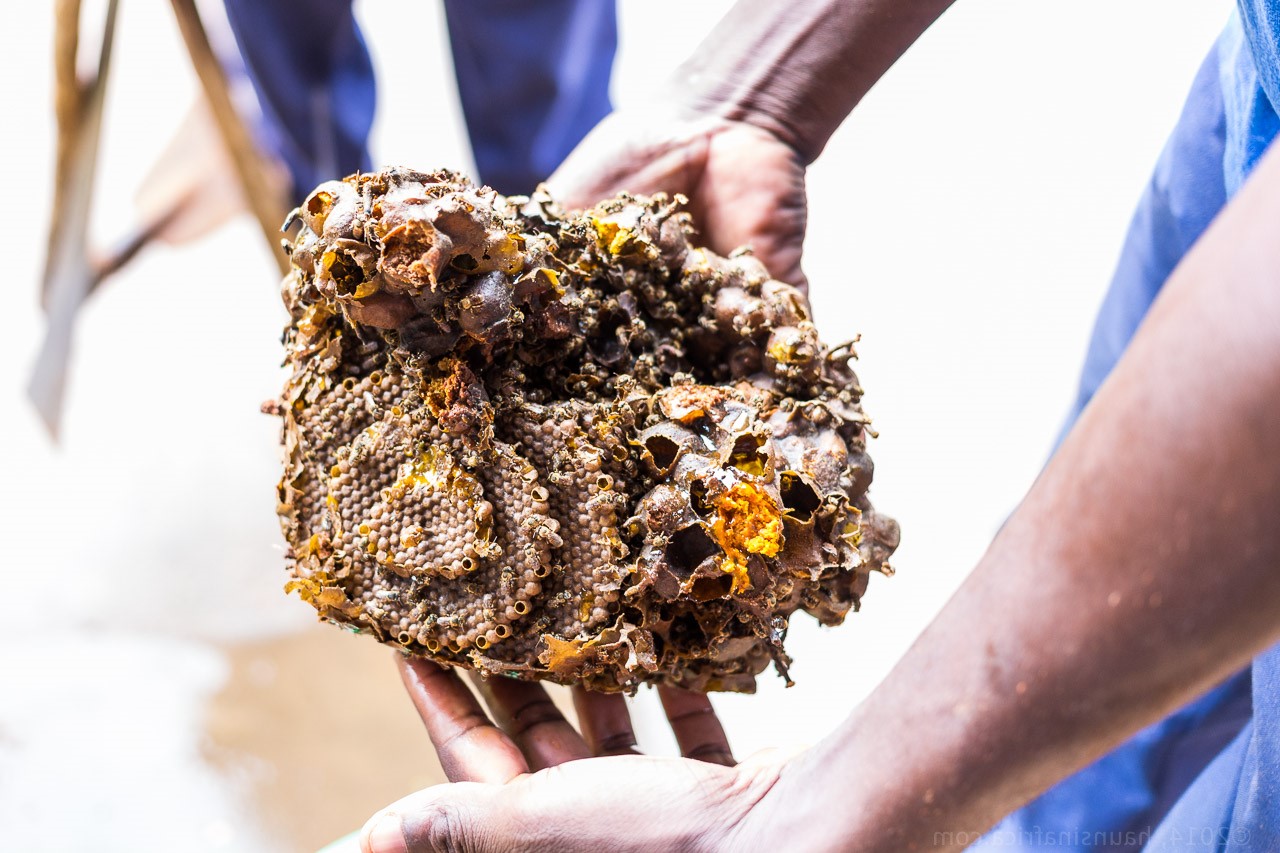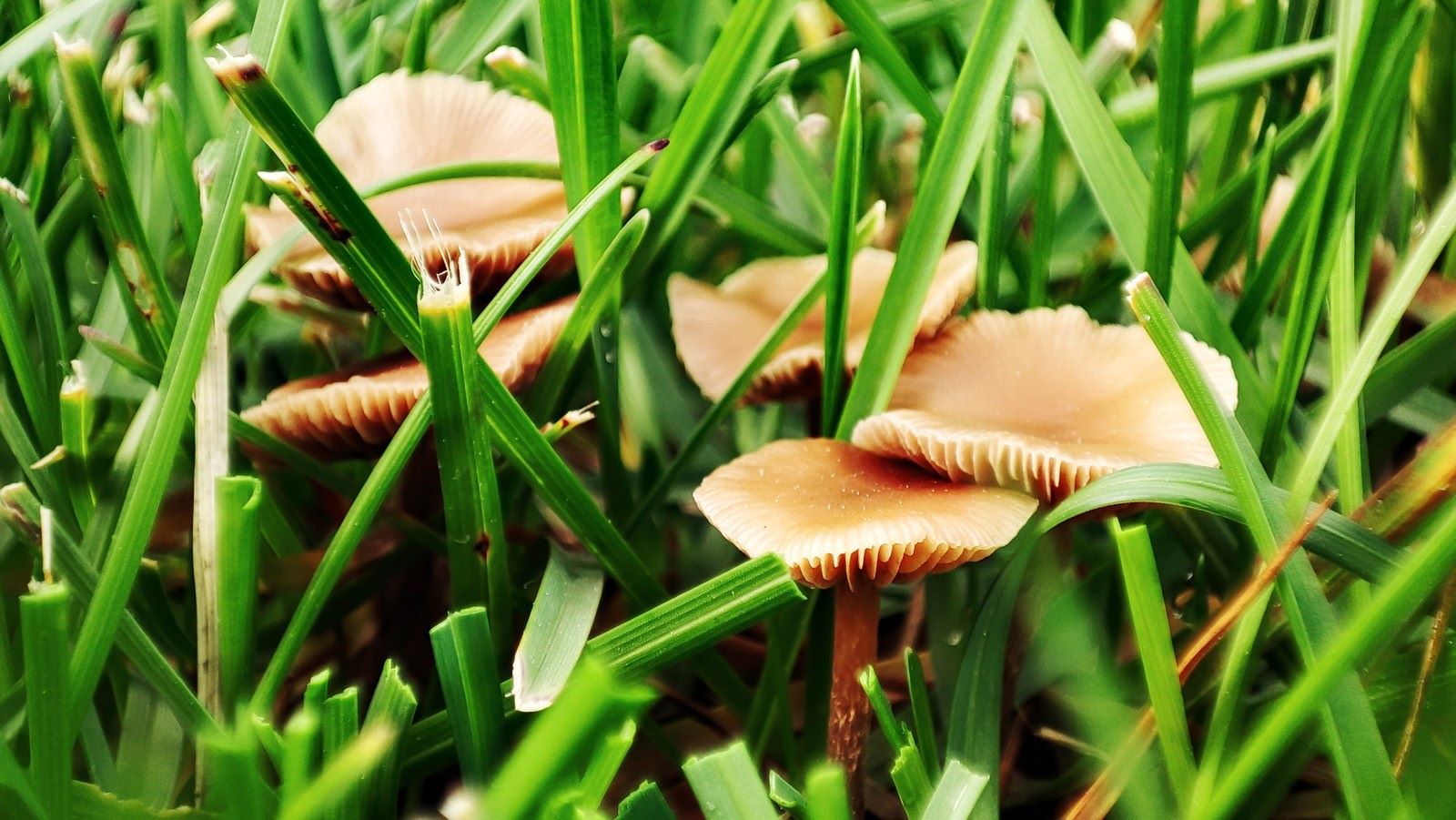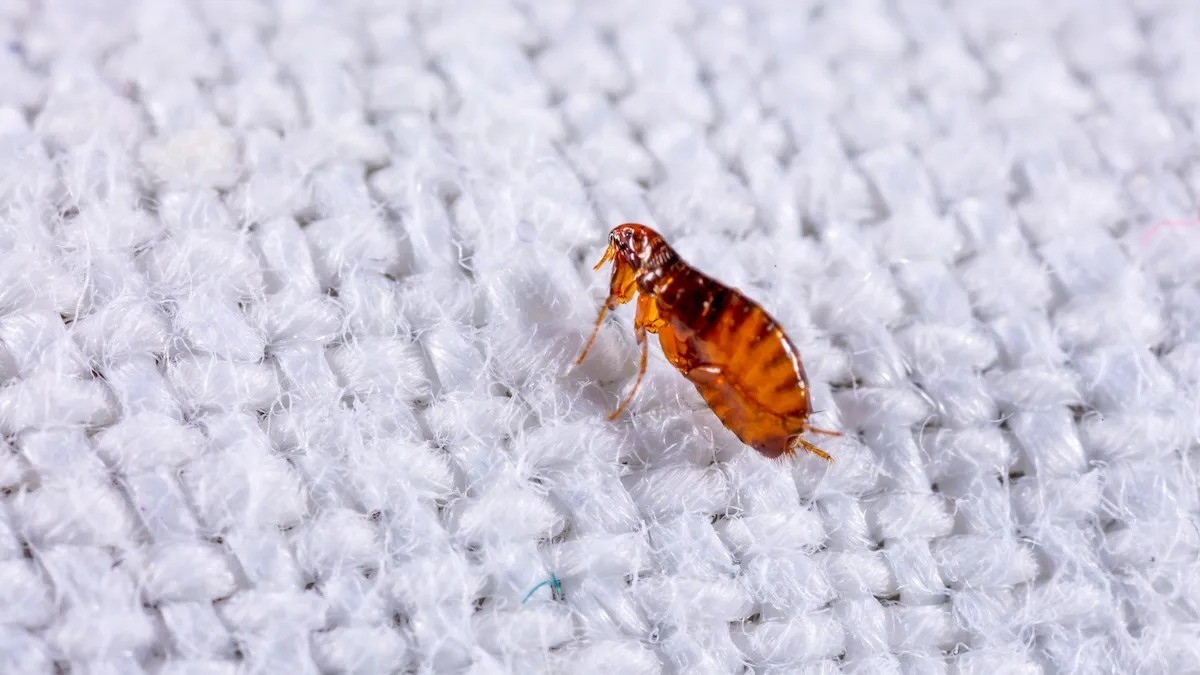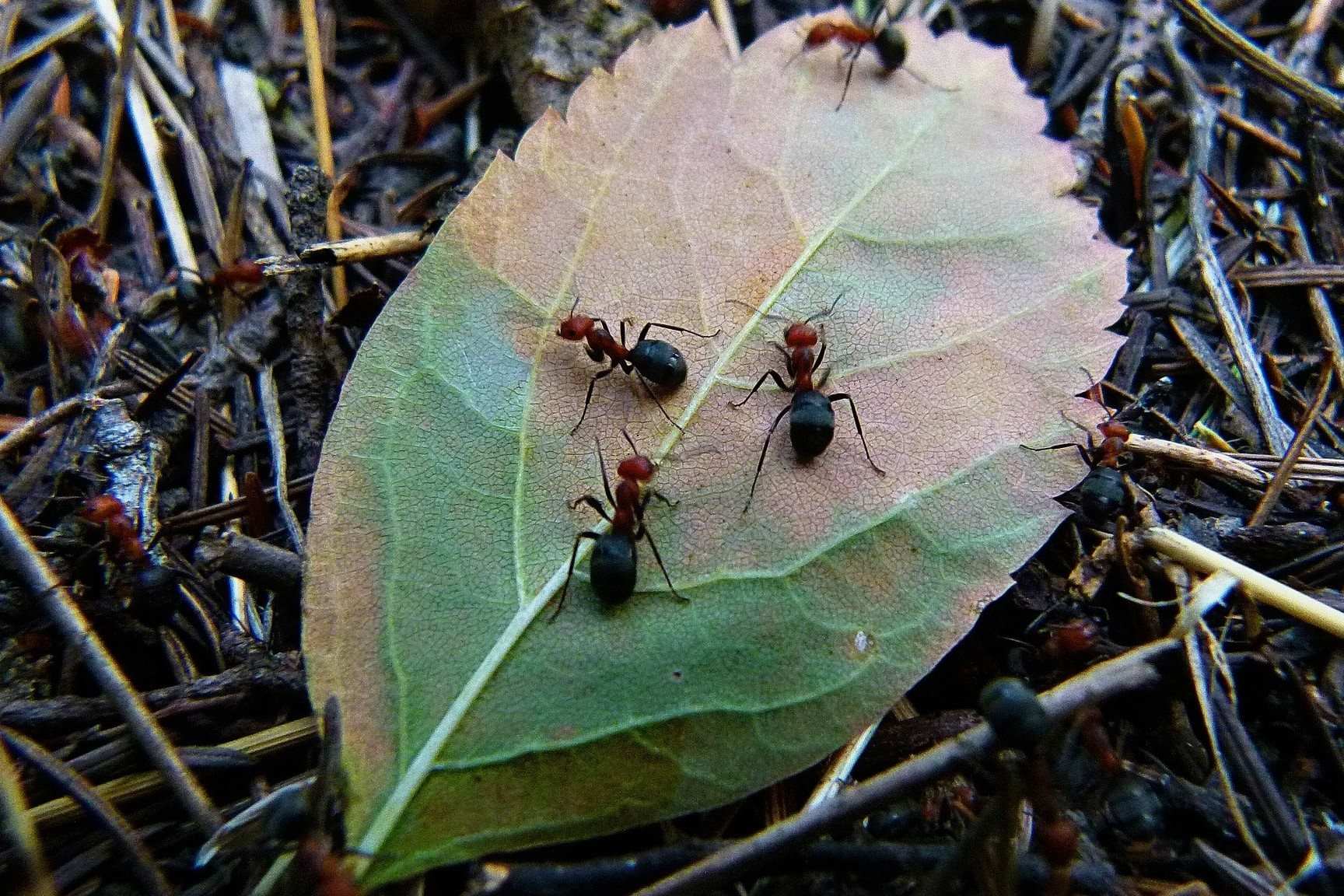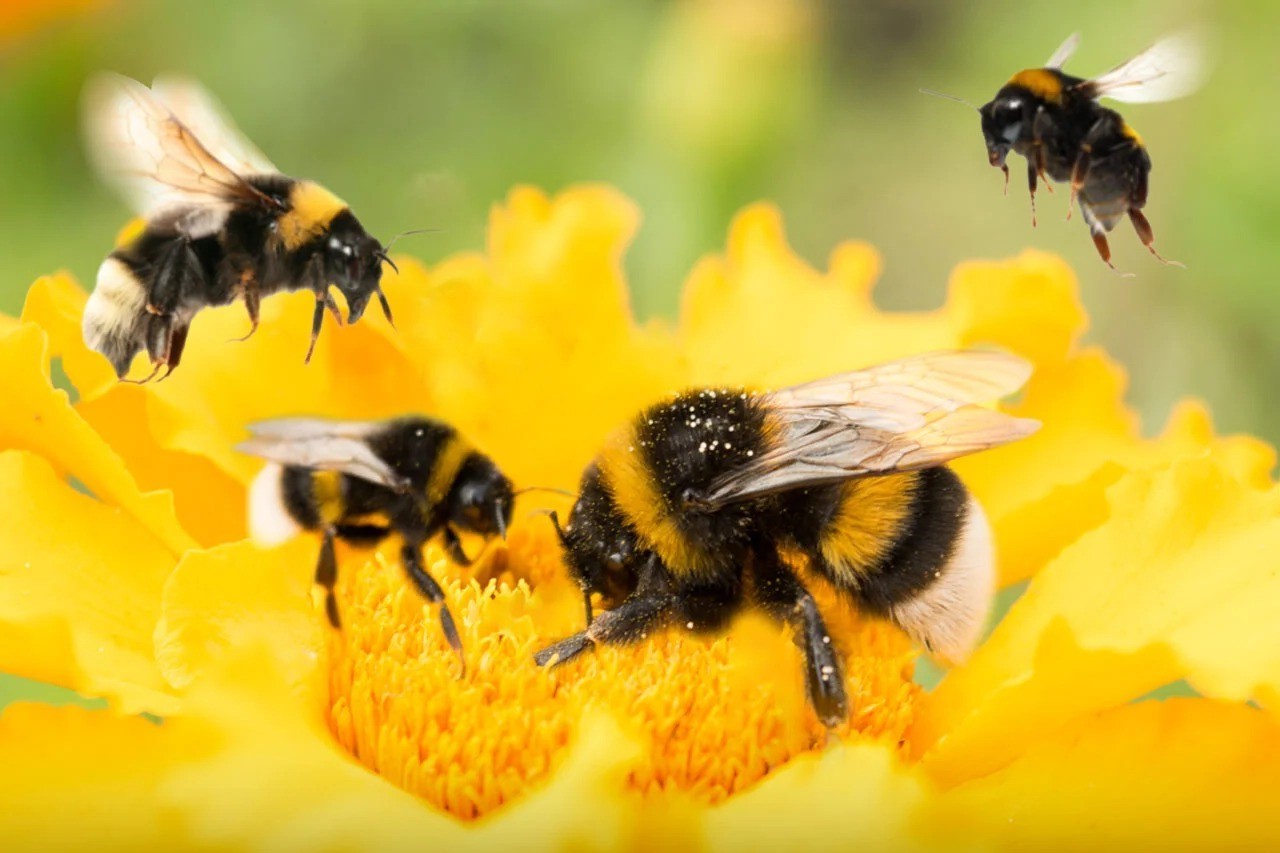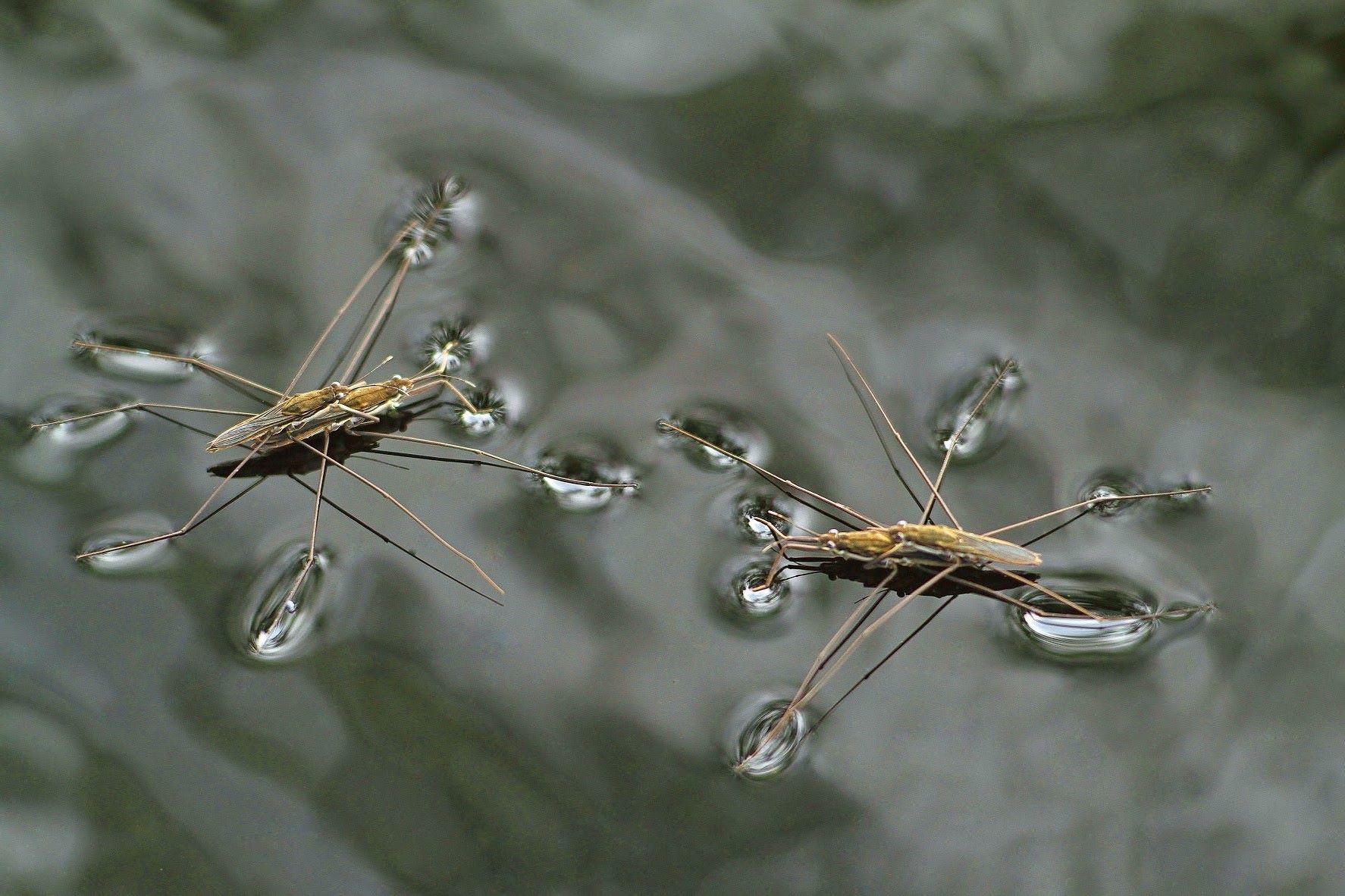Home>Pets & Animals>How To Get Rid Of Grasshoppers
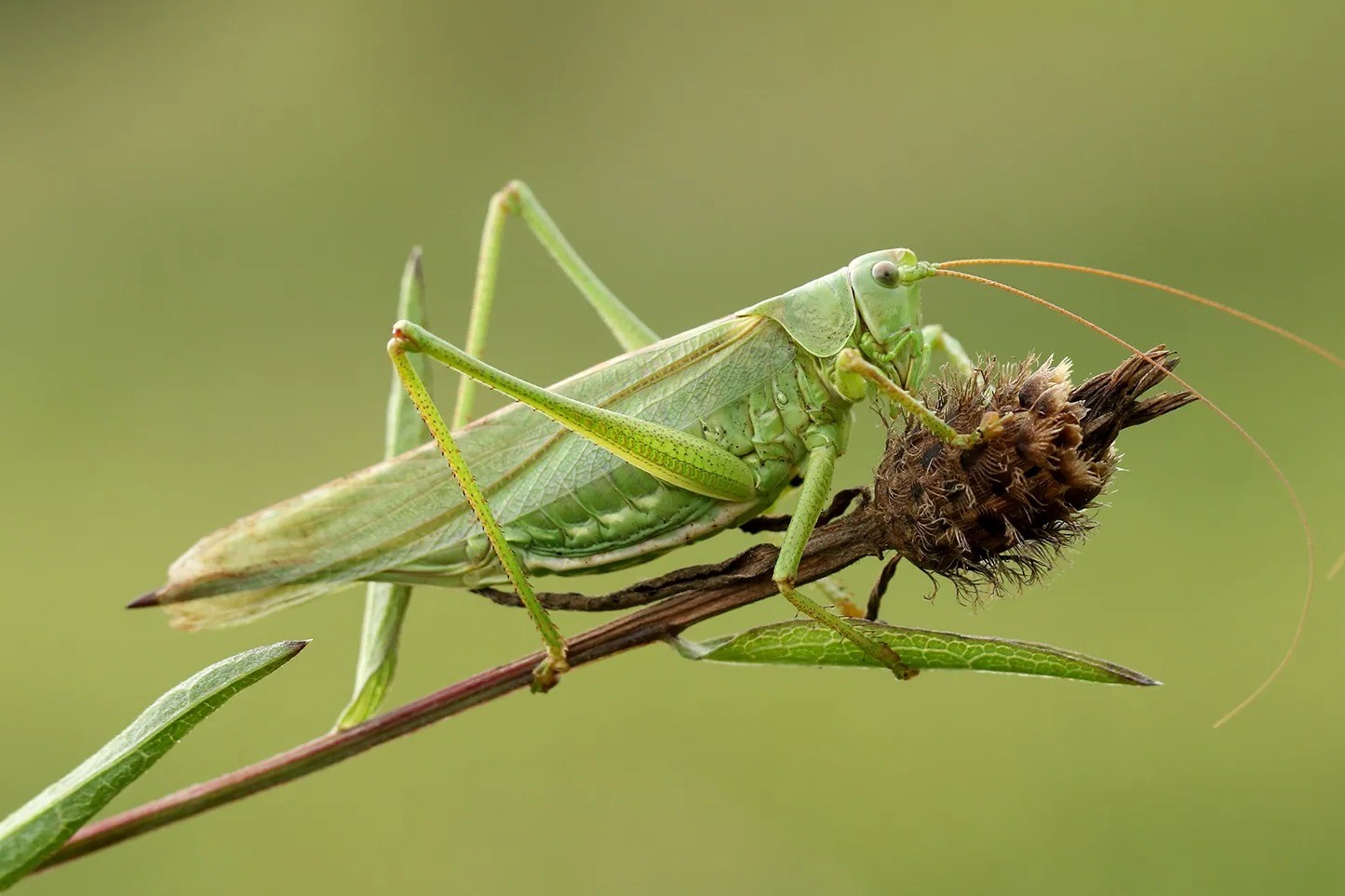

Pets & Animals
How To Get Rid Of Grasshoppers
Published: March 7, 2024
Learn effective methods to get rid of grasshoppers and protect your pets and animals from these pests. Discover natural and safe solutions for a pest-free environment.
(Many of the links in this article redirect to a specific reviewed product. Your purchase of these products through affiliate links helps to generate commission for Noodls.com, at no extra cost. Learn more)
Table of Contents
Introduction
Grasshoppers are fascinating creatures that play a vital role in the ecosystem, but when their populations surge, they can wreak havoc on gardens, crops, and landscapes. Controlling grasshopper infestations is a common concern for gardeners, farmers, and homeowners alike. In this comprehensive guide, we will explore effective methods for managing grasshopper populations, ranging from natural remedies to chemical solutions. By understanding the behavior of grasshoppers and implementing targeted control measures, you can protect your plants and maintain a thriving outdoor environment.
In the following sections, we will delve into the intricacies of grasshopper control, providing insights into their habits, natural predators, and environmental factors that influence their population dynamics. Additionally, we will discuss eco-friendly approaches to managing grasshoppers, emphasizing the importance of sustainable pest control practices. Furthermore, we will explore preventive measures to minimize the risk of future grasshopper infestations, empowering you to safeguard your green spaces against these voracious insects.
Whether you are an avid gardener seeking to protect your prized blooms or a farmer striving to preserve your crops, the information presented here will equip you with the knowledge and strategies needed to combat grasshopper invasions effectively. Let's embark on this journey to gain a deeper understanding of grasshoppers and discover practical solutions for mitigating their impact on our cherished outdoor spaces.
Read more: How To Get Rid Of Sugar Ants
Understanding Grasshoppers
Grasshoppers, belonging to the suborder Caelifera, are herbivorous insects known for their powerful hind legs, enabling them to leap remarkable distances. These agile creatures thrive in warm, dry climates and are commonly found in grasslands, agricultural fields, and gardens. With their voracious appetites, grasshoppers pose a significant threat to vegetation, consuming a wide array of plants and crops.
Physical Characteristics
Grasshoppers exhibit a distinctive body structure, characterized by their elongated, slender shape and prominent hind legs. Their bodies are typically adorned with intricate patterns and vibrant colors, serving as a form of camouflage in their natural habitats. Additionally, grasshoppers are equipped with powerful mandibles, enabling them to efficiently devour leaves, stems, and other plant parts.
Life Cycle
The life cycle of a grasshopper encompasses three primary stages: egg, nymph, and adult. After mating, female grasshoppers deposit their eggs in the soil during late summer or early fall. These eggs remain dormant throughout the winter months, hatching in the spring when temperatures rise. The emerging nymphs undergo a series of molts, shedding their exoskeletons as they mature into adult grasshoppers. As adults, they continue to feed and reproduce, perpetuating the cycle.
Feeding Habits
Grasshoppers are indiscriminate feeders, consuming a wide range of plant species. Their diet includes grasses, cereals, vegetables, and ornamental plants, making them a formidable threat to agricultural and horticultural endeavors. Their insatiable appetite and ability to consume large quantities of vegetation make them a significant concern for farmers and gardeners.
Read more: How To Get Rid Of Yellowjackets
Environmental Impact
In regions where grasshopper populations surge, the ecological balance can be disrupted, leading to widespread damage to vegetation. Large-scale infestations can result in defoliation of crops, diminishing yields and impacting food supplies. Furthermore, the economic repercussions of grasshopper damage can be substantial, prompting the need for effective control measures to mitigate their impact.
Natural Predators
Despite their destructive potential, grasshoppers are preyed upon by various animals, including birds, rodents, and insects such as spiders and predatory beetles. These natural predators play a crucial role in regulating grasshopper populations, contributing to the overall balance of the ecosystem.
By gaining a deeper understanding of the behavior and characteristics of grasshoppers, we can develop targeted strategies for managing their populations and minimizing the damage they inflict on our cultivated landscapes. Through the implementation of effective control measures, we can coexist harmoniously with these fascinating insects while safeguarding the vitality of our green spaces.
Natural Methods for Controlling Grasshoppers
When it comes to managing grasshopper populations, natural methods offer sustainable and environmentally friendly solutions. By harnessing the power of nature, you can effectively control grasshoppers while minimizing the impact on beneficial insects and the surrounding ecosystem. Here are several natural approaches to consider:
1. Habitat Modification
Modifying the habitat to create an environment less conducive to grasshopper breeding and feeding can help reduce their numbers. This can be achieved by minimizing the presence of tall grass, weeds, and excessive vegetation around gardens and agricultural fields. Additionally, maintaining a diverse plant community can disrupt the grasshoppers' preferred feeding grounds, making it less hospitable for their sustained presence.
Read more: How To Get Rid Of Cowlicks
2. Biological Control
Introducing natural predators and parasites that target grasshoppers can serve as an effective form of biological control. For instance, certain species of birds, such as sparrows and meadowlarks, are known to feed on grasshoppers, helping to keep their populations in check. Furthermore, parasitic wasps and flies lay their eggs on grasshoppers, leading to the eventual demise of the pests as the larvae develop within their bodies.
3. Companion Planting
Strategic companion planting involves cultivating plant species that repel or deter grasshoppers when grown alongside susceptible crops. Plants such as calendula, cilantro, and sweet clover emit odors that are unappealing to grasshoppers, serving as natural deterrents. By incorporating these companion plants into your garden or agricultural plots, you can create a less inviting environment for grasshoppers, reducing the likelihood of infestations.
4. Neem Oil
Derived from the seeds of the neem tree, neem oil is a natural insecticide that disrupts the growth and development of grasshoppers. When applied to plants, neem oil acts as a deterrent, inhibiting the feeding and reproductive capabilities of grasshoppers. This organic solution provides an effective means of controlling grasshopper populations while minimizing harm to non-target organisms.
5. Diatomaceous Earth
Diatomaceous earth, composed of fossilized remains of diatoms, contains microscopic sharp edges that puncture the exoskeletons of insects, including grasshoppers. When sprinkled around garden beds and crop fields, diatomaceous earth acts as a physical barrier, deterring grasshoppers and causing damage to their delicate bodies. This natural substance offers a non-toxic and long-lasting method of controlling grasshoppers.
By integrating these natural methods into your pest management practices, you can effectively mitigate grasshopper infestations while promoting ecological balance and sustainability. Embracing these eco-friendly approaches empowers you to protect your plants and crops without compromising the health of the environment, fostering a harmonious coexistence with the natural world.
Read more: How To Get Rid Of Split Ends
Chemical Methods for Controlling Grasshoppers
In situations where natural remedies may not provide sufficient control over grasshopper infestations, chemical methods can offer effective solutions for managing these voracious pests. It is important to approach the use of chemical control measures with caution, ensuring that they are applied responsibly and in accordance with recommended guidelines to minimize environmental impact. Here are several chemical methods commonly employed for controlling grasshoppers:
1. Insecticidal Sprays
Insecticidal sprays formulated specifically for grasshopper control can be applied to vegetation to target and eliminate these pests. These sprays often contain active ingredients such as pyrethroids or carbamates, which disrupt the nervous system of grasshoppers upon contact. When using insecticidal sprays, it is essential to follow the application instructions provided by the manufacturer and adhere to safety precautions to protect beneficial insects and minimize exposure to humans and pets.
2. Bait Formulations
Baits laced with insecticides can be strategically placed in areas where grasshoppers are known to congregate, offering an enticing yet lethal lure for these pests. The bait formulations are designed to attract grasshoppers, leading to their ingestion of the toxic substances. Careful consideration should be given to the placement of baits to ensure they are accessible to grasshoppers while minimizing the risk of unintended exposure to non-target organisms.
3. Biological Insecticides
Biological insecticides derived from naturally occurring microorganisms, such as the bacterium Bacillus thuringiensis (Bt), can be utilized to combat grasshopper populations. These insecticides target the digestive systems of grasshoppers, causing mortality while posing minimal risk to other organisms. When employing biological insecticides, it is crucial to select products that are specific to grasshoppers and to apply them in a manner that maximizes their effectiveness.
Read more: How To Get Rid Of Neck Hump
4. Systemic Insecticides
Systemic insecticides, when applied to the soil or directly to plants, are absorbed by the vegetation, rendering it toxic to grasshoppers upon ingestion. These insecticides are translocated within the plant, providing long-lasting protection against grasshoppers as they feed on treated foliage. It is imperative to exercise caution when using systemic insecticides to prevent unintended exposure to pollinators and other beneficial insects.
When considering the use of chemical methods for grasshopper control, it is advisable to consult with local agricultural extension services or pest management professionals to determine the most suitable products and application techniques for your specific circumstances. Additionally, adherence to regulations governing the use of insecticides is essential to safeguard environmental integrity and promote responsible pest management practices.
By incorporating targeted chemical control measures into an integrated pest management approach, you can effectively address grasshopper infestations while minimizing the impact on non-target organisms and the surrounding ecosystem. When used judiciously and in conjunction with sustainable practices, chemical methods can serve as valuable tools in the comprehensive management of grasshopper populations.
Prevention Tips for Future Grasshopper Infestations
Preventing future grasshopper infestations is essential for maintaining the health and productivity of gardens, farms, and landscapes. By implementing proactive measures, you can minimize the risk of widespread damage caused by these voracious insects. Here are several effective prevention tips to consider:
-
Crop Rotation: Implementing a crop rotation strategy can disrupt the life cycle of grasshoppers by altering the availability of their preferred food sources. By rotating crops annually, you can reduce the buildup of grasshopper populations in specific areas, mitigating the risk of infestations.
-
Tillage Practices: Utilize appropriate tillage practices to disturb the soil and expose grasshopper eggs to natural predators and environmental factors. By incorporating shallow tillage methods, you can disrupt the egg-laying habits of grasshoppers, reducing the likelihood of large-scale hatching and subsequent infestations.
-
Natural Barriers: Create natural barriers around gardens and fields to deter grasshoppers from accessing susceptible plants. Utilize physical barriers such as row covers, netting, or fencing to limit the entry of grasshoppers into cultivated areas, providing a protective shield for valuable crops.
-
Beneficial Insect Habitats: Foster habitats that attract and sustain populations of beneficial insects, including predatory beetles, parasitic wasps, and birds that feed on grasshoppers. By promoting biodiversity and ecological balance, you can cultivate a natural defense system against grasshopper infestations.
-
Regular Monitoring: Conduct regular inspections of plants and crops to detect early signs of grasshopper activity. By promptly identifying and addressing localized infestations, you can prevent the rapid spread of grasshoppers and minimize the extent of damage to vegetation.
-
Cultural Practices: Embrace cultural practices that promote plant health and resilience, making them less susceptible to grasshopper feeding. Adequate irrigation, proper fertilization, and optimal plant spacing contribute to the vigor of plants, enhancing their ability to withstand grasshopper damage.
-
Community Collaboration: Collaborate with neighboring gardeners, farmers, and landowners to coordinate grasshopper control efforts on a broader scale. By fostering a collective approach to pest management, you can create a unified front against grasshopper infestations, amplifying the effectiveness of control measures.
By integrating these prevention tips into your pest management strategies, you can fortify your defenses against future grasshopper infestations, preserving the vitality of your cultivated spaces and promoting sustainable agricultural practices. Through proactive measures and a commitment to ecological balance, you can cultivate resilient landscapes that are less susceptible to the disruptive impact of grasshoppers.
Conclusion
In conclusion, the management of grasshopper populations requires a multifaceted approach that encompasses a deep understanding of their behavior, the implementation of targeted control measures, and the promotion of sustainable pest management practices. By delving into the intricacies of grasshoppers and exploring natural and chemical methods for controlling their populations, we can effectively safeguard our gardens, farms, and landscapes from the detrimental impact of these voracious insects.
Through the utilization of natural methods such as habitat modification, biological control, companion planting, neem oil, and diatomaceous earth, we can harmoniously coexist with grasshoppers while minimizing their destructive potential. These eco-friendly approaches not only offer effective pest control but also contribute to the preservation of biodiversity and the ecological balance within our cultivated spaces.
Furthermore, the judicious use of chemical methods, including insecticidal sprays, bait formulations, biological insecticides, and systemic insecticides, can provide valuable support in managing grasshopper infestations when natural remedies may prove insufficient. It is imperative to approach the application of chemical control measures with caution and responsibility, ensuring that they are employed in a targeted manner to minimize environmental impact.
In addition to addressing existing infestations, the implementation of prevention tips such as crop rotation, tillage practices, natural barriers, beneficial insect habitats, regular monitoring, cultural practices, and community collaboration is crucial for mitigating the risk of future grasshopper outbreaks. By embracing proactive measures and fostering a collective approach to pest management, we can create resilient landscapes that are less susceptible to the disruptive impact of grasshoppers.
Ultimately, the comprehensive management of grasshopper populations requires a balanced integration of natural, chemical, and preventive strategies, underpinned by a commitment to environmental stewardship and sustainable agricultural practices. By leveraging the insights and techniques presented in this guide, we can navigate the complexities of grasshopper control with efficacy and environmental consciousness, preserving the vitality of our green spaces for generations to come.
